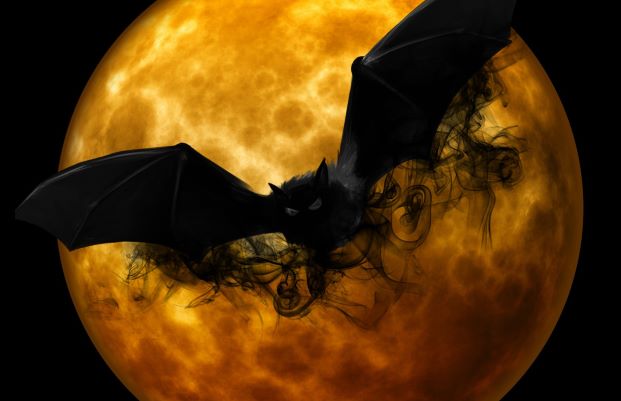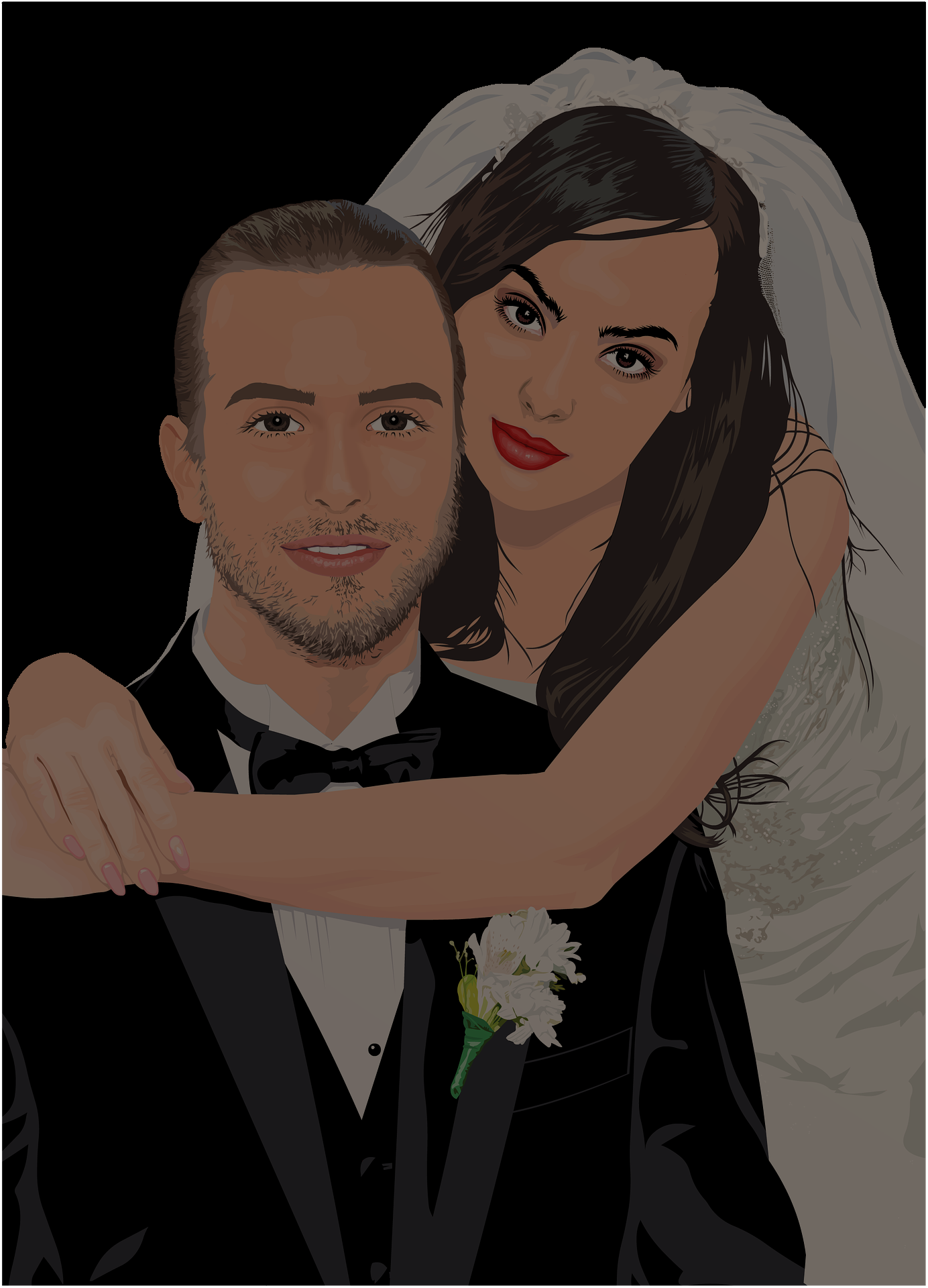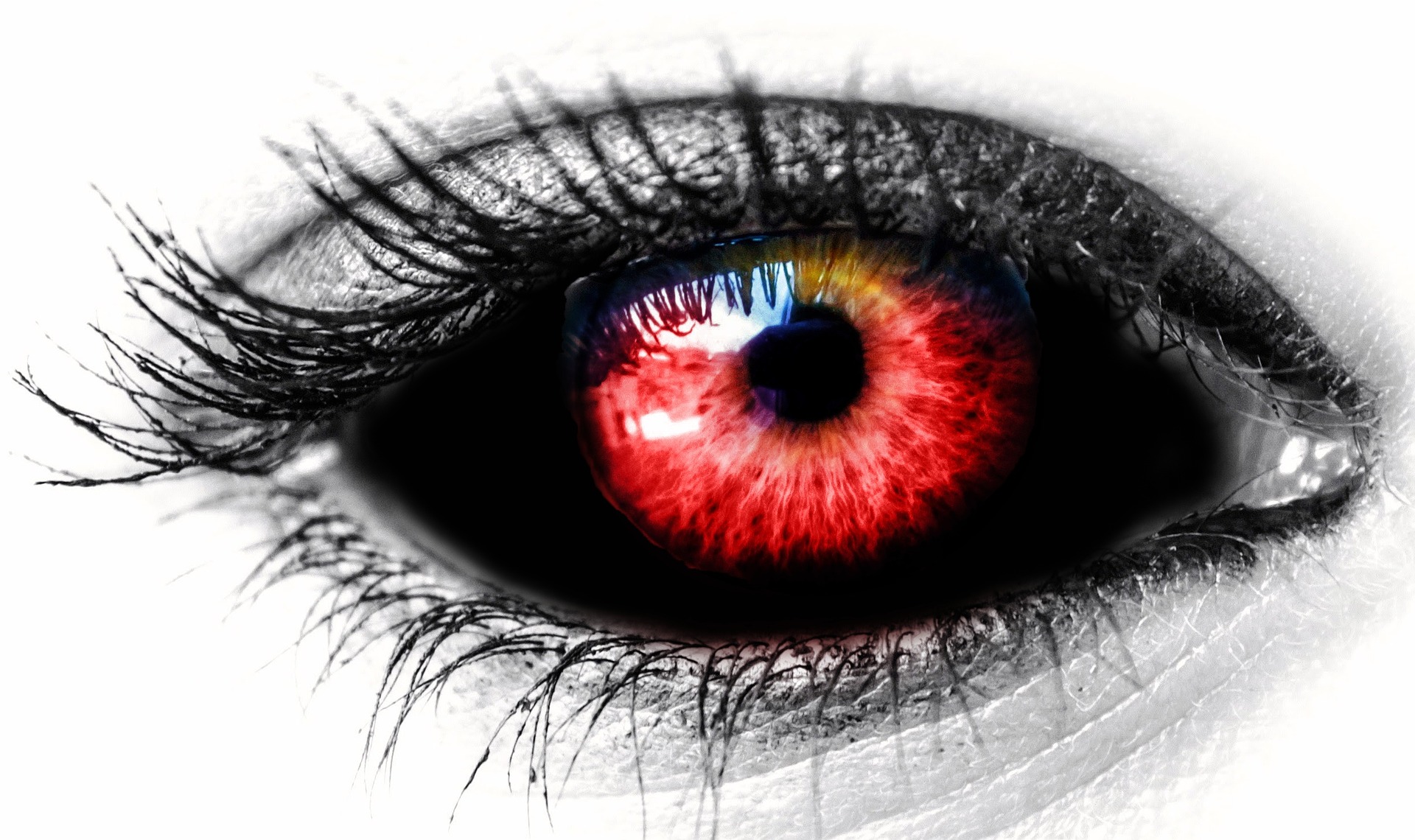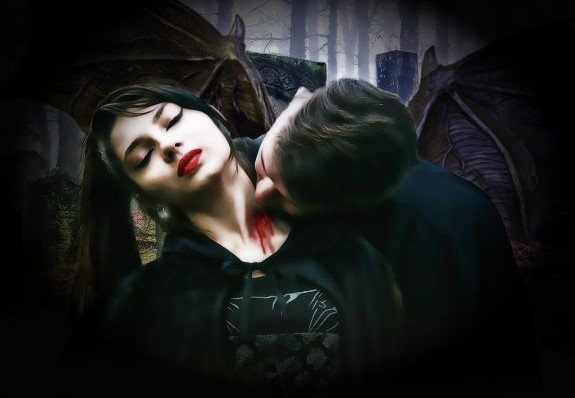

The Bite of the vampire carries two important functions. The first being to draw blood from their victims to feed upon them. The second purpose is similar to the werewolf in that a vampire’s bite can be used to infect others. However, while a werewolf’s bite instantly turns a person into a werewolf, that isn’t true for a vampire. Not only must a vampire feed on the blood of their victims in order to infect them, but in most stories they must also give the victim some of their own blood, usually in a very erotic fashion.
To give an example of this in the movie Fright Night, the main character’s girlfriend, Amy Peterson, becomes hypnotized and captured by the main vampire, Jerry Dandridge. After the vampire in question feeds on her, he gives up some of his own blood from a cut on his chest thus turning her into a vampire in a scene that can only be described as sexual in nature (As seen in the clip below). However, why does this blood exchange need to take place? Why can’t the bite simply be instantaneous like the bite of a werewolf? Why is it when a vampire turns another human into a vampire it is usually done in a very erotic fashion? Why not simply bite the person, give them some blood from your wrist and be done with it?
Because, at the end of the day, these scenes are supposed to be sexual in nature. In fact the entire act of exchanging blood can be seen as a metaphor for sex. For in sex, don’t both partners give and take from one another? In both sex scenes and turning scenes, don’t both participants seem to be drawing some amount of pleasure from the other? However, these scenes are more than just a metaphor for sex, but the circumstances surrounding these scenes oftentimes provides commentary on how we as society view sex, how society deems that sex should work, and our own inner fears and doubts concerning sex.
Look no further than the original tale of Dracula. In Dracula, Dracula goes after the main character’s fiancée and turns her, literally coming between the woman and the man she is engaged to be married. Furthermore, in the examples of both Dracula and Jerry Dandridge, both vampires go after and infect the love interests of the main characters. They are trying to ensure that the two people sworn to one another in one way or another, don’t get together. These vampires could be very well playing the part of dark, handsome strangers who steal the hearts of other men's fiancées and run away with them. Amy Peterson does seem rather oddly attracted to Jerry Dandridge when they first meet and gives in to his otherworldly powers quite easily. Perhaps part of the charm and fear of the vampire is that of dark sexual temptation.
Especially in Fright Night that seems to be the case and perhaps there is even a subtler example of this metaphor earlier in the film: when Jerry Dandridge turns the main character's male friend Edwards. However, when Edwards becomes separated and cornered in an alleyway, he doesn't put up a fight when the vampire comes to turn him. Instead he embraces Jerry Dandridge of his own free will after the vampire tells him "You don't have to be afraid of me...I know what it's like being different" (see below).
"Being different?" How was Edwards different from anyone else? He seemed to be very similar to Brewster. In fact come to think of it, he did seem a little overly fond of Brewster with his infamous repeated phrase "You're so cool, Brewster!", the way he called him fruitcake...and how he teases Brewster about giving him a hickey... Could Edwards have been so accepting of Jerry Dandridge because the vampire represented finally being free of 1985 society's standards about sexuality? Seeing the vampire as a way out of a life of repression? This seems likely, especially when you consider that Edwards wasn't hypnotized like Amy was when he accepted Jerry Dandridge's offer. He choose this of his own free will, looking like he is at the very end of his rope. So is that it? No. The symbol of the Vampire does not soley represent dark, sexual temptation (regardless of what Twilight seems to think), though it is an important aspect of the monster. But the true fear that Vampires have come to symbolize covers a much larger field than just sex...




